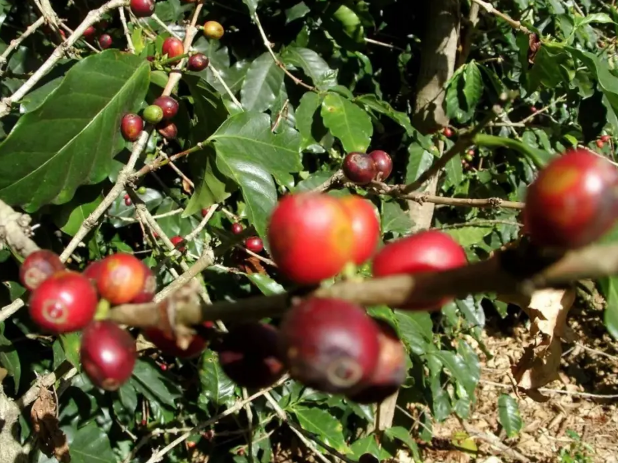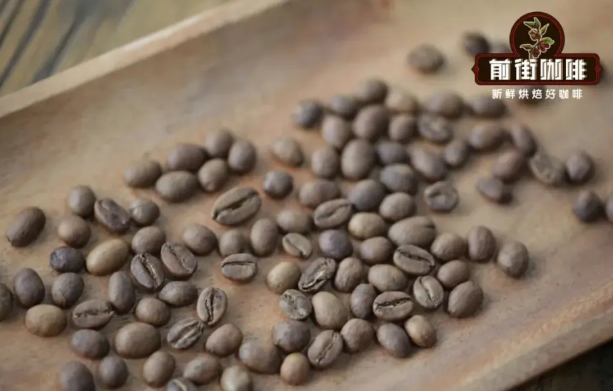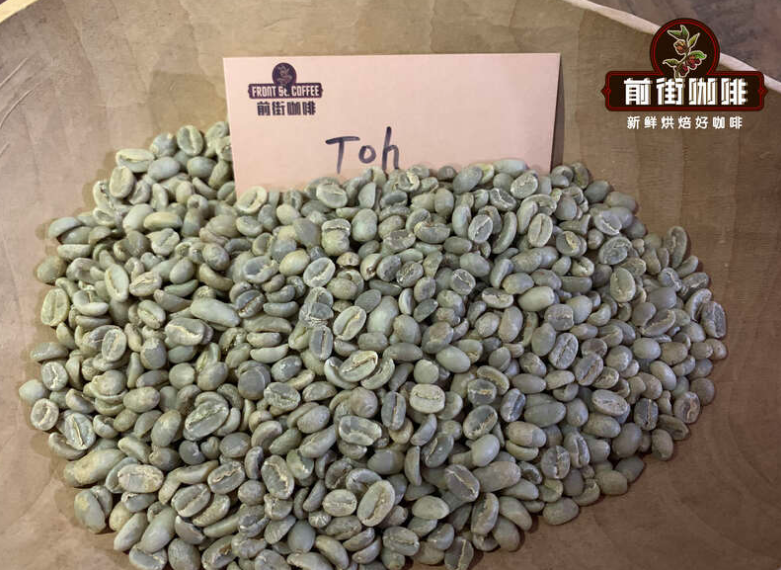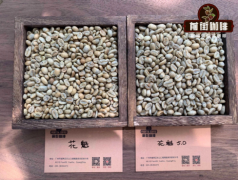Top Coffee Bean-Ethiopian Double Champion Coffee Bean Aramco Delano Introduction.
TOH, the full name of which is called "African Harvest Coffee Competition", is called "Double Champion". As the name implies, it means to win both the national competition and the African regional finals. In the 2019/20 Ethiopian National, Amerilalo won first place and then emerged from the top of the African Regional Finals as the "double" winner.
Champion Douwulaga
This coffee bean comes from Uraga, a sub-region of Ethiopia's famous Guji region. The Guji region originally belonged to the Sidama region, because it has the same unique flavor as Yega Shefi, and this region also produces many famous coffees. For example, the Huakui series we often drink is produced in Hambera, a sub-region of the Guji region.

Wulaga is a sub-production area of Guji production area, with an altitude of 2300m. Although the town of Uraga is located in the Guji region, it is geographically closer to the alpine area of Yegashefi at an altitude of 2200 meters. The area is rich in nutrients (Vertisol), surrounded by trees, several mountains create the perfect environment for high-quality coffee, it is also the case that the beans in this area have a very rich fruity taste, and the acidity is very clear.
Treatment plant and treatment method

This champion bean is washed at the Sela Gajaba washing station. The treatment station is located 12 kilometers outside Wulaga Town and is one of the best treatment stations in Wulaga. The treatment process at the treatment station is done almost indoors, thus minimizing the chance of contamination of the coffee beans.
Freshly picked coffee cherries are screened through two processes to select all red and flawless coffee cherries, and then the peel and pulp are removed. Put the green coffee beans with residual pulp pectin into water and let them ferment for about 18-36 hours; after fermentation, put the green coffee beans with parchment paper into a flowing water tank and wash them to remove the pulp and pectin; after washing, air the coffee beans or dry the coffee beans with the help of a dryer to reduce the moisture content to about 12%. Finally remove the parchment from the green coffee beans.
The coffee thus processed has the floral, citrus and tea feel of Ethiopian coffee. It adds a lot of cleanliness.
coffee varieties
The official variety of this Amerindian coffee bean, like other Ethiopian coffee beans, is Heirloom, and the barista of Front Street Coffee cautions that "Heirloom is not an exact coffee variety," unlike iron pickup, bourbon, and rosewood, which is a name used to summarize the various varieties of Ethiopian coffee. Just like this Amerindian coffee bean, when the roaster identified the coffee beans, he found that the coffee beans varied in size, size, and mesh number ranging from 15 to 18.
Mixed cultivation is one of the characteristics of Ethiopia, where coffee varieties that are difficult to count are cultivated. Although Ethiopia is a large coffee producer, it is mainly a smallholder cultivation model. The coffee fruit picked in harvest season will be sent to nearby processing plants for processing, which also forms a second characteristic-mixed harvest and mixed processing. This makes it harder to trace the species, but there are other reasons not mentioned here.

Therefore, unlike other coffee-producing countries, most Ethiopian coffee beans use the name of the native species to fill in the variety information column. Another special feature of this Amerindian coffee bean is its treatment method-anaerobic slow sun, translated from Anaerobic Slow Dry, abbreviated as ASD. The first time I heard about this treatment was when Alida Manor won the BOP Best Panama Green Bean Competition in 19, when Alida Manor's anaerobic slow sun rose was auctioned for an astronomical price of $1029 per pound.
ASD is an anaerobic slow solarization process. Each letter accurately expresses the characteristics of ASD. The first is anaerobic, the second is slow solarization, and the third is solarization. The coffee fruit, along with the pulp, is placed in sealed vats for anaerobic fermentation, which takes up to 120 hours. The anaerobically fermented coffee fruit is then placed on a drying bed for at least 5 weeks to dry. This treatment gives Ameridillo a fuller berry aroma.
Important Notice :
前街咖啡 FrontStreet Coffee has moved to new addredd:
FrontStreet Coffee Address: 315,Donghua East Road,GuangZhou
Tel:020 38364473
- Prev

What kind of coffee is Rosa gesha? Introduction to the flavor characteristics of the origin of Rosa coffee beans
The variety Geisha was discovered in the forests of Ethiopia in 1931. Rosa was then sent to the Coffee Institute in Kenya, introduced to Uganda and Tanzania in 1936, Costa Rica in 1953 and Panama in 1970. There wasn't much at first.
- Next

Introduction to the Origin Story and Taste characteristics of Ethiopian Sakui Coffee beans
In 2017, Li Jianfei won the championship of the Chinese Division of the World Brewing Competition with this Sunshine Sakuran Coffee. Then the popularity of Sakuran continues to grow, and Qianjie can even be said to be at the top of the list of boutique coffee. This Sakuran breaks the legend of Rose Summer and becomes a coffee that can compete with Rose Summer Coffee. None at all
Related
- Beginners will see the "Coffee pull flower" guide!
- What is the difference between ice blog purified milk and ordinary milk coffee?
- Why is the Philippines the largest producer of crops in Liberia?
- For coffee extraction, should the fine powder be retained?
- How does extracted espresso fill pressed powder? How much strength does it take to press the powder?
- How to make jasmine cold extract coffee? Is the jasmine + latte good?
- Will this little toy really make the coffee taste better? How does Lily Drip affect coffee extraction?
- Will the action of slapping the filter cup also affect coffee extraction?
- What's the difference between powder-to-water ratio and powder-to-liquid ratio?
- What is the Ethiopian local species? What does it have to do with Heirloom native species?

